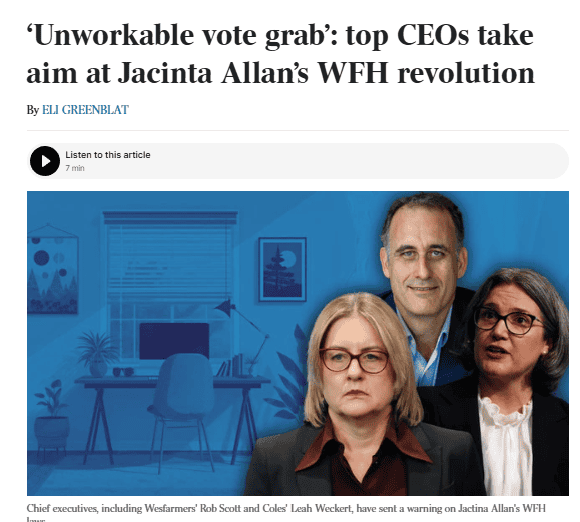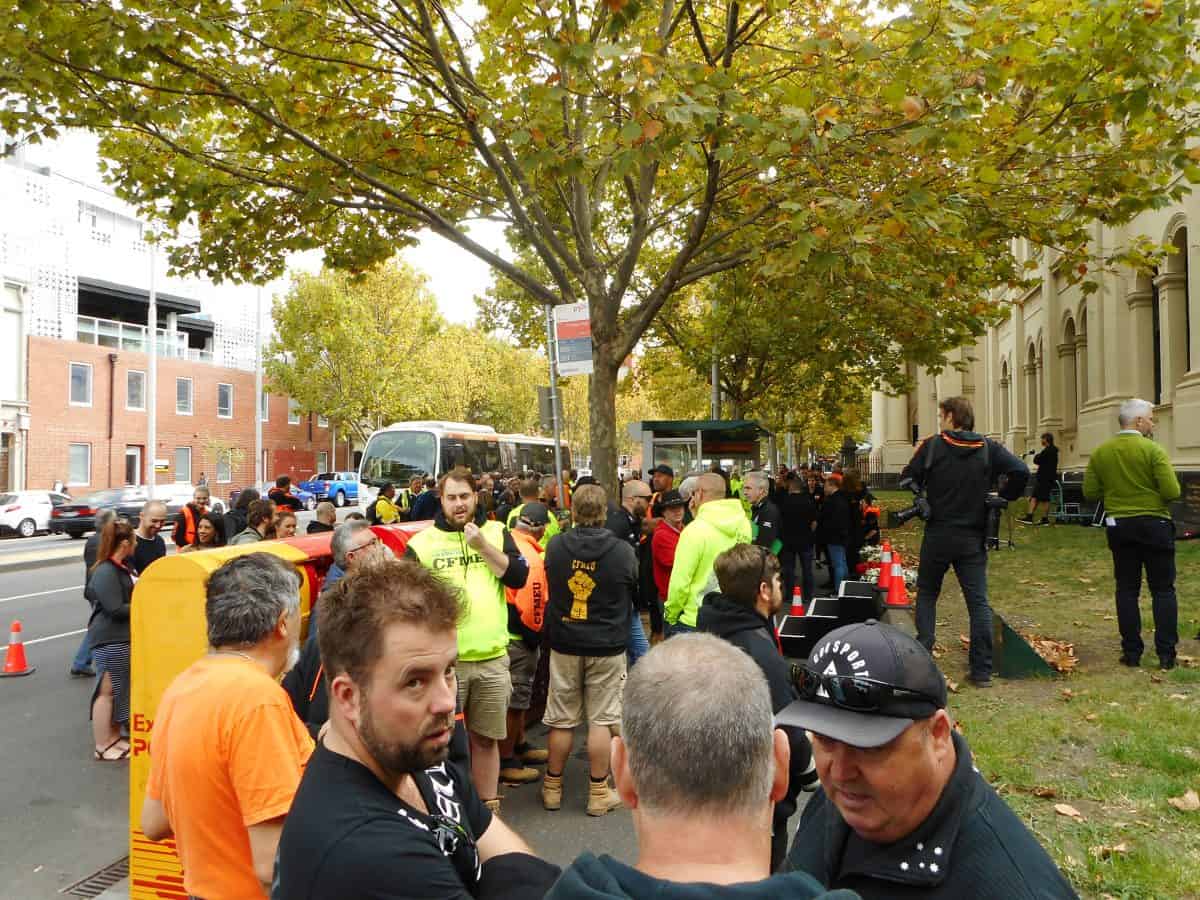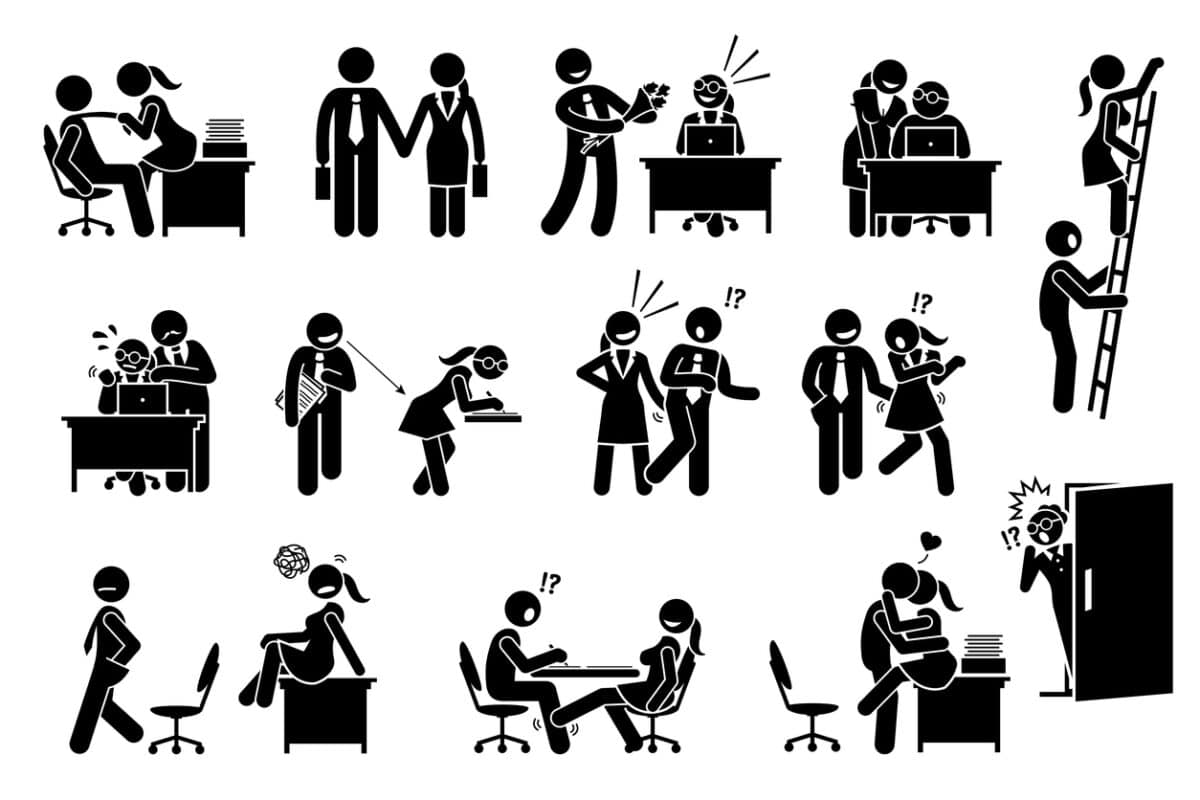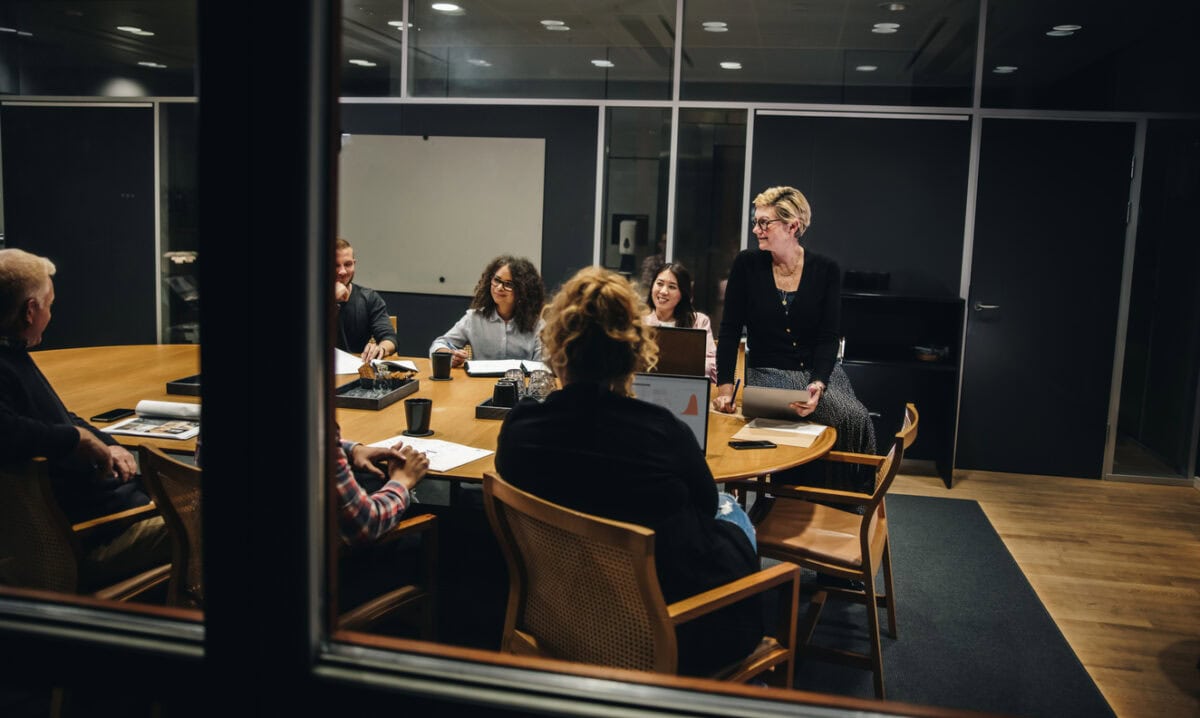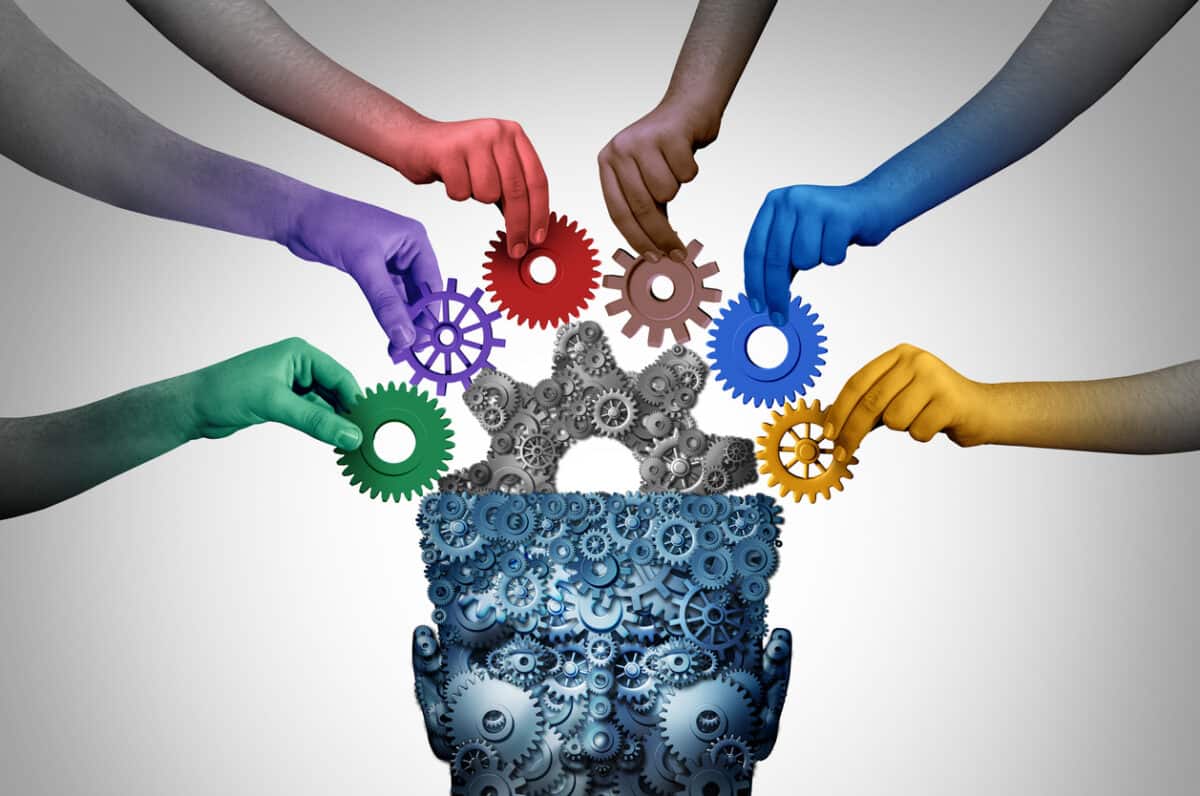Two major Australian media outlets are continuing to focus on the issue of working from home (WFH), criticising the concept and some local political moves. WFH offers some significant mental health benefits that are being largely ignored. The front page of The Australian newspaper for September 1, 2025, provides the latest example.
Category: human rights
International Workers Memorial Day Speech Template
I have attended many memorials for deceased workers. Usually, a local or State politician makes a speech about the importance of occupational health and safety (OHS), and how every worker has a right to return home safely and healthily at the end of the working day. The speeches are usually clichéd, even though these words are heartfelt and sometimes sound like they have been written from a template.
So I asked an artificial intelligence program to write a speech for International Workers Memorial Day by a senior Australian politician. Below is the remarkable result.
When Work Kills: Unmasking Suicidality in Corporate Australia
For over twenty years, John Bottomley has been researching the influence of work factors in suicide. His early research is rarely referenced, and although only a small sample was studied, his findings were significant. New research, published recently in the Journal of Industrial Relations, adds an essential perspective as Australia continues to progress (painfully slowly) on the prevention of workplace psychosocial hazards.
Note: this article discusses work-related suicide
Confronting Union Thuggery that Undermines Workplace Safety
Militant construction unions in Australia have damaged the relationship between the community and the trade union movement. Although the typical trade union member may be a nurse, a teacher, or a public servant, most would depict a member as a big, aggressive, rude, and domineering man. Australia’s trade union movement is trying to redress this perception, but it cannot progress until it eliminates the unsafe behaviour of the organisers of the Construction Forestry Mining and Energy Union (CFMEU). The Queensland government is set to give reform a red-hot go.
Sexual Harassment Laws Have Teeth—So Why Aren’t They Biting?
In November 2022, then-Sex Discrimination Commissioner Kate Jenkins explained why sexual harassment in Australian workplaces continues to happen. Basically, she said this was because the sex discrimination laws were reactive to a worker complaint and placed no duty on employers to prevent these types of incidents. But there is more to it than that, and the recent imposition of a positive duty under sex discrimination laws is still not preventing work-related harm.
Workplace Psych Health and Safety Debate Gets New More Corporate Angle
Wade Needham provides his personal responses to a series of questions regarding psychosocial hazards, offering a fresh and more corporate perspective. This continues the series of articles based on speakers at the recent Psych Health and Safety conference.
Seeing OHS law as a social law could change how OHS is seen and its future
Occupational health and safety has traditionally been considered under the category of industrial, or industrial relations, but largely this is due to the major advocates of OHS being the trade union movement. So OHS seems to fit with workers’ rights under the issues of wages and conditions, but really OHS is a social law.
According to one definition social law is:
“…any law, rule or regulation (including international treaty obligations) applicable in any jurisdiction concerning
– labour,
– social security,
– the regulation of industrial relations (between government, employers and employees),
– the protection of occupational, as well as public, health and safety,
– the regulation of public participation,
– the protection and regulation of ownership of land rights (both formal and traditional), immovable goods and intellectual and cultural property rights,
– the protection and empowerment of indigenous peoples or ethnic groups,
– the protection, restoration and promotion of cultural heritage, and
– all other laws, rules and regulations providing for the protection of employees and citizens.”
OHS meets several elements of this definition.

